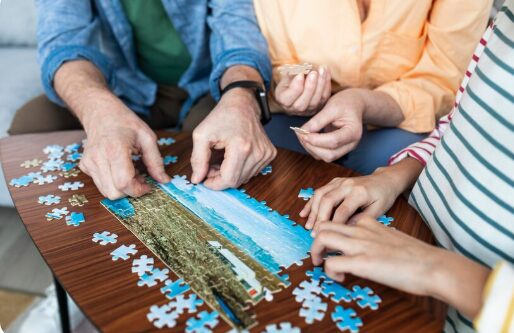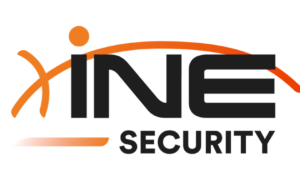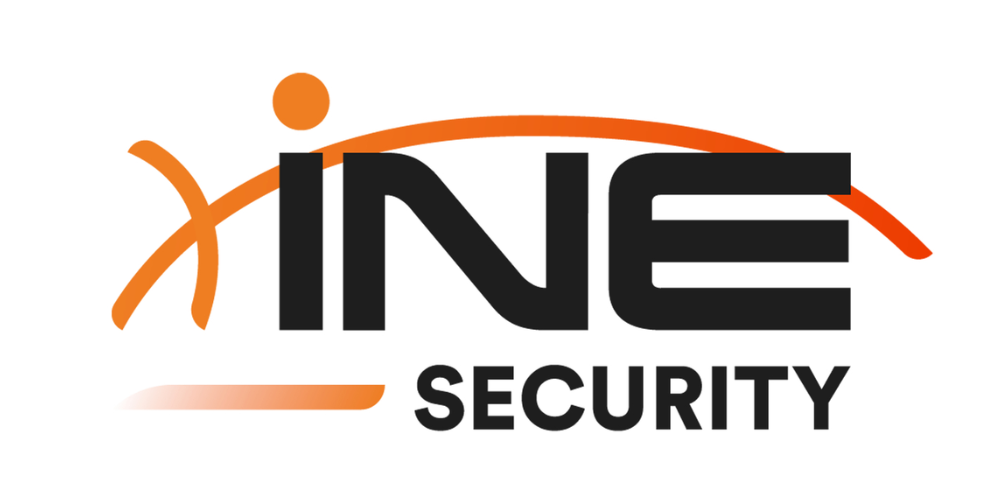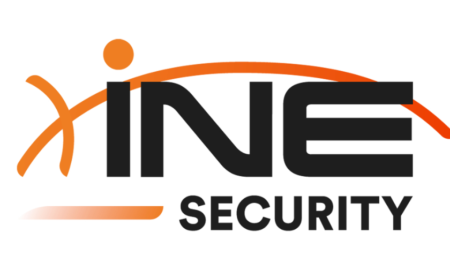In the age of digital entertainment and daily brainteasers, few puzzles have managed to captivate the internet quite like the New York Times’ “Connections.” With its combination of linguistic precision Using pattern recognition, it has become a mainstay for fans of word games worldwide. As its popularity continues to soar, websites such as Mashable have taken center stage in offering essential guidance, strategy tips, and daily “Connections hints” to help players tackle the challenge more effectively. This comprehensive article explores the growing phenomenon of Connections Hints Mashable, diving deep into how it serves players, the mechanics behind the game, and why it’s become a daily ritual for so many.
What Is “Connections”? A Brief Overview
Before delving into the role of Mashable hints, it’s essential to understand what “Connections” actually is. Developed by The New York Times, the Connections puzzle presents players with 16 seemingly unrelated words. Sorting them into four different groups of four words each, each linked by a common subject, category, or association, is the goal. Themes can be as straightforward as “types of fruit” or as complex as “terms used in finance.”
Unlike other word puzzles such as Wordle, Connections requires both deductive reasoning and a nuanced understanding of language. The groups often vary in difficulty, and the puzzle becomes more challenging as misleading or double-meaning words are introduced to throw players off track.
The Rise of Mashable as a Trusted Puzzle Companion
Mashable, a digital media platform well-known for covering tech, digital culture, and entertainment, has seamlessly positioned itself as a leading resource for daily hints and walkthroughs for puzzles like Wordle, Connections, and others. The “Connections Hints Mashable” content offers players a strategic advantage—without completely giving away the answers. Instead of spoiling the game, it gently nudges players in the right direction, helping them sharpen their reasoning and observation skills.
Why Players Rely on Mashable for Connections Hints
1. Thoughtful Hint Structuring
Mashable doesn’t just post answers; they structure their hints to promote critical thinking. For instance, before revealing solutions, they provide category labels or partial clues that allow readers to brainstorm associations. This method encourages players to pause, reflect, and attempt to solve problems on their own.
2. Reliable Daily Updates
One of the biggest advantages of the Mashable approach is consistency. Their editorial team publishes hints and answers for “Connections” every day, typically early in the morning. This reliability makes them a go-to for both casual players and puzzle enthusiasts looking to maintain their solving streaks.
3. Community Building
The “Connections Hints Mashable” segment has fostered a growing community of players who discuss solutions, share insights, and compete in friendly matches. This communal aspect transforms the solo activity of puzzle-solving into an interactive experience.
How Connections Hints Work: A Closer Look
Each Mashable hint article follows a user-friendly format designed for maximum accessibility and usefulness. Here’s how the content is typically structured:
a. Introductory Context
Articles usually begin with a quick explanation of what Connections is and what the day’s puzzle entails. This is particularly helpful for first-time players or those new to the game.
b. Difficulty Breakdown
Mashable often rates the day’s puzzle difficulty, offering insight into whether today’s challenge is particularly tricky or more accessible. This sets reader expectations and builds curiosity.
c. Tiered Hinting
Rather than giving away all answers at once, Mashable presents tiered hints—starting with vague thematic nudges, then moving to more direct hints, and finally revealing complete solutions for those who are truly stuck.
d. Color-Coded Categories
The answers in Connections are usually color-coded in increasing difficulty: Yellow (easiest), Green, Blue, and Purple (hardest). Mashable reflects this structure in their hint breakdown, helping users identify which categories they might want to tackle first.
The Psychology of Puzzle-Solving and the Need for Hints
Why are players increasingly seeking Connections hints on Mashable and other similar platforms? The human brain’s need for closure and the rewarding aspect of problem-solving hold the key to the solution. When players get stuck, frustration can quickly overshadow enjoyment. A hint or clue helps to reinvigorate focus and motivation.
Moreover, hints serve as learning tools. They expand a player’s vocabulary and sharpen their ability to recognize abstract relationships between words—skills that are beneficial beyond just puzzle games.
Connections vs. Wordle: Why Mashable Covers Both
While both Connections and Wordle are word-based puzzles from the New York Times, they challenge the brain in very different ways. Wordle is about deduction and narrowing down letter combinations, while Connections focuses on categorization and thematic analysis.
Mashable’s editorial strategy in covering both games shows a keen understanding of user engagement. Their dedicated columns on “Connections Hints Mashable” and “Wordle hints” ensure that puzzle lovers of all kinds have resources that cater to their preferences.
Benefits of Following Connections Hints Mashable
1. Improved Problem-Solving Skills
Regularly engaging with hints enhances players’ lateral thinking. Instead of viewing hints as “cheating,” many see them as learning opportunities to approach puzzles from new angles.
2. Better Puzzle Completion Rates
For those who play daily, failing to complete a puzzle can be disheartening. Hints allow players to complete their puzzles without relying entirely on spoilers, helping maintain streaks and boosting satisfaction.
3. Time Efficiency
Not everyone has time to spend 30 minutes on a single puzzle. Strategic hints help busy individuals enjoy the puzzle without overcommitting their time.
Common Types of Connections Categories
Understanding the kinds of categories that appear frequently can help players anticipate possible groupings. Thanks to consistent analysis provided by Connections Hints Mashable, many players become better at predicting patterns. Some common categories include:
- Synonyms or antonyms
- Pop culture references
- Movie or song titles
- Items in a category (e.g., types of bread, chess pieces)
- Homophones or puns
- Brand names
Mashable often highlights these patterns, helping players develop an eye for the game’s logic.
Behind the Scenes: How Mashable Sources Their Hints
The quality of Mashable’s Connections hints doesn’t happen by accident. The editorial team tests each puzzle firsthand before crafting their hint articles. This ensures that the guidance provided is accurate, timely, and relatable. Most importantly, it aligns with the game’s natural progression—helping rather than spoiling the experience.
Their process often includes:
- Testing multiple strategies before offering solutions
- Consulting external lexical databases for deeper insights
- Gathering community feedback on Reddit and Twitter to ensure clarity and relevance
How to Use Connections Hints Without Spoiling the Game
Many players worry that using hints will reduce the fun of the game. But when used wisely, hints can actually enhance the experience. Here are some tips:
- Only look at the first-tier hints before trying again.
- Use hints to identify just one group and challenge yourself to find the rest.
- Try to predict what the connection might be based on just two or three clue words.
By using Connections Hints Mashable as a supportive tool rather than a shortcut, players preserve the integrity of the challenge while enjoying greater success.
Mashable’s Role in the Future of Puzzle Journalism
As digital puzzles continue to grow in popularity, so does the need for intelligent, ethical hinting. Mashable’s model—non-spoiler-based, tiered hinting—has become a standard for puzzle journalism. Their editorial tone respects both seasoned solvers and newcomers, making puzzles more inclusive and less intimidating.
Looking forward, the role of Connections Hints Mashable is likely to evolve with user demands. We may soon see:
- Interactive hint systems
- Video-based walkthroughs
- AI-enhanced puzzle prediction models
- Community-sourced hint contributions
How to Maximize Your Success with Mashable Hints
To get the most from Mashable’s hints:
- Visit early in the day to avoid spoilers in the comments or social media.
- Bookmark the Connections Hints section for easy access.
- Join online discussions to share your own solving strategies and learn from others.
- Use the hints as a training tool to eventually become less dependent on them.
Final Thoughts: Why Connections Hints Mashable Is More Than Just a Cheat Sheet
At its core, Connections Hints Mashable is not about giving away answers—it’s about enriching the puzzle-solving journey. In a world where attention spans are short and stress levels are high, daily word puzzles offer a much-needed mental escape. Mashable enhances that experience by providing the right amount of assistance, guidance, and encouragement.
For players seeking to sharpen their thinking, connect with a community, and embrace a fun daily ritual, Mashable’s take on Connections is an invaluable resource. By fostering both entertainment and education, it proves that even in the digital age, the joy of solving a clever puzzle never goes out of style.
Read More About Game At digital Reserved



































